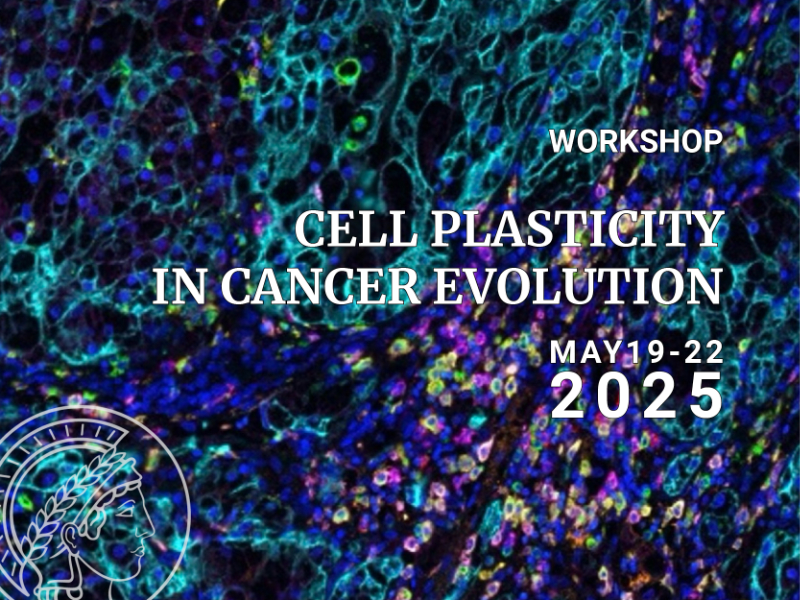Speaker
Description
Authors: Anna-Christina Rambow, Marius Möller, Nele Godbersen, Anna Trauzold
The emergence of resistance to anticancer drugs is a major challenge in oncology. Drug combination is a promising avenue of research as it can elicit synergistic anti-tumor effects and circumvent intrinsic or acquired resistance mechanisms. We found that combining the CDK4/6 inhibitor palbociclib with the pro-apoptotic agent tumor necrosis factor related apoptosis inducing ligand (TRAIL) results in synergistic cytotoxicity in various breast cancer cell lines. Importantly, even long-term treatment with palbociclib and TRAIL still potently inhibited cell proliferation of the human hormone receptor-positive breast cancer cell line T47D, while a discernible development of resistance was observed in each replicate of monotherapeutically treated cells. This was evidenced by the fact that the tumor cells increased their proliferation rate under continued treatment. In addition, significant changes in cell morphology were observed over the course of prolonged treatment. While untreated T47D cells were relatively small and round, palbociclib-treated cells were significantly larger, indicating therapy-induced senescence (dormancy). In contrast, TRAIL- treated cells showed a spindle-shaped morphology. T47D cells continuously receiving the combination treatment (PTc) exhibited both characteristics: the cells were large with a partially spindle-shaped morphology. A spindle-shaped appearance may be indicative of tumor stem cell characteristics, whereby tumor stem cells are postulated to have a high degree of proliferative and regenerative capacity, thereby contributing to tumor recurrence. In accordance, following the discontinuation of the combination treatment with palbociclib and TRAIL (PTd), cells showed a markedly enhanced proliferation rate as well as an enhanced ability to form colonies from single cells. Beyond that, there was a shift from the formation of paraclones (differentiated character) under continuous treatment with palbociclib and TRAIL to significantly more meroclones (stem cell characteristics) after discontinuation of treatment. To gain insight into the mechanistic and developmental processes of resistance evolution during long-term single agent treatment as well as the emergence of massively proliferating cells after discontinuation of the dual therapy, we performed a transcriptome analysis of the cells treated with the individual substances, the combination of both agents and after discontinuation of therapy. Pathway analysis of PTc and PTd cells revealed a significant increase in cell cycle/proliferation related pathways such as E2F and G2M in PTd. This observation is in line with the observed enhancement of proliferation. Conversely, PTc cells exhibited upregulation of cell death/immune response pathways, including the TNFa and interferon gamma pathways. A thorough examination of the E2F pathway revealed the presence of highly differentially expressed genes. Among the potential proliferation drivers in PTd, E2F8, MXD3, SPC24 and TK1 displayed the highest expression levels. Further in-depth analyses using an integrative omics approach including single cell RNA sequencing (scRNA-Seq), whole genome bisulfite sequencing (WGBS) and whole exome sequencing (WES) for the palbociclib + TRAIL samples are in progress. These additional analyses will help to understand the drug-induced evolution of the highly proliferative phenotype after discontinuation of therapy, evaluate the safety of the proposed drug combination and improve therapeutic strategies for breast cancer patients.

